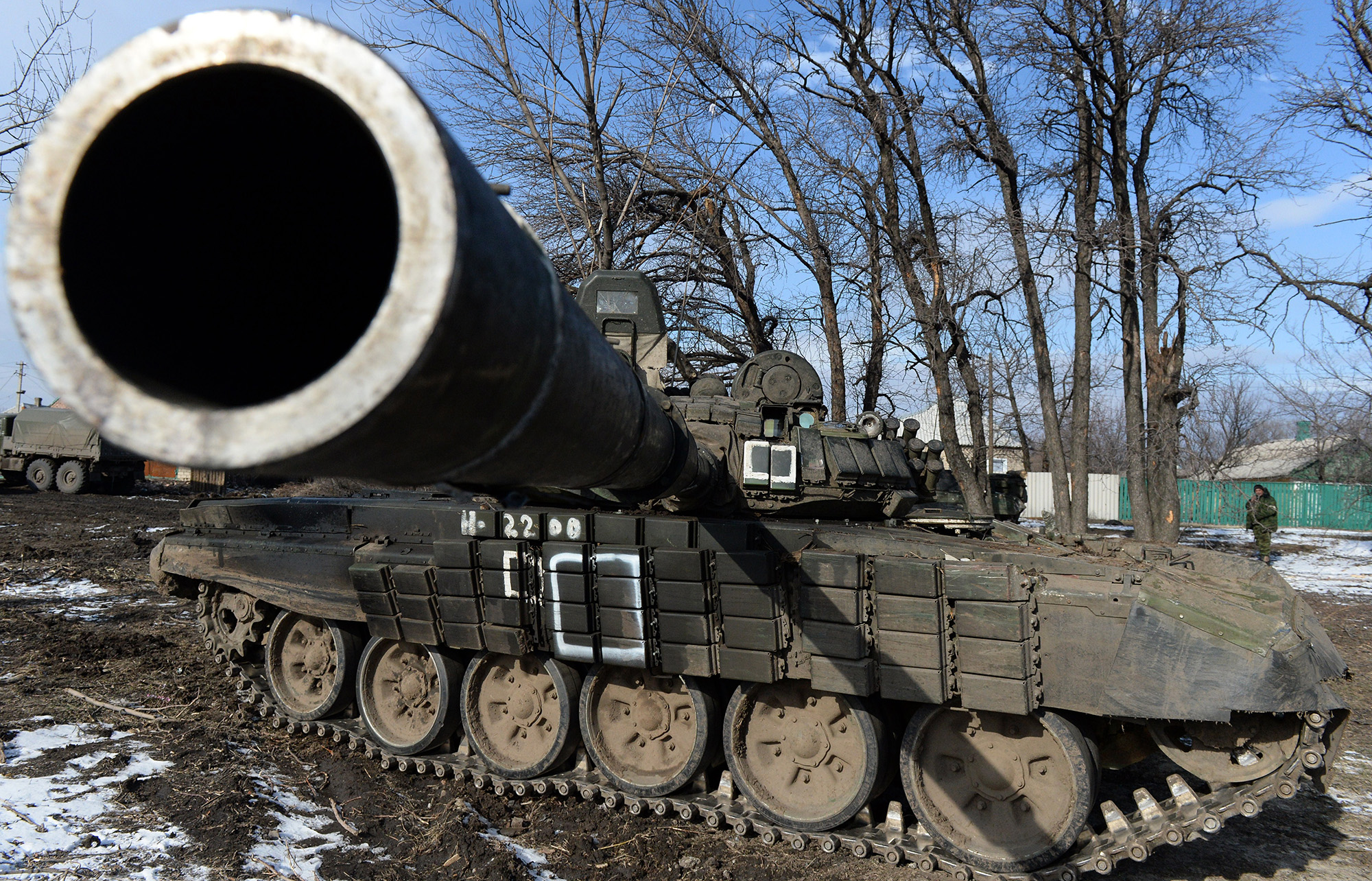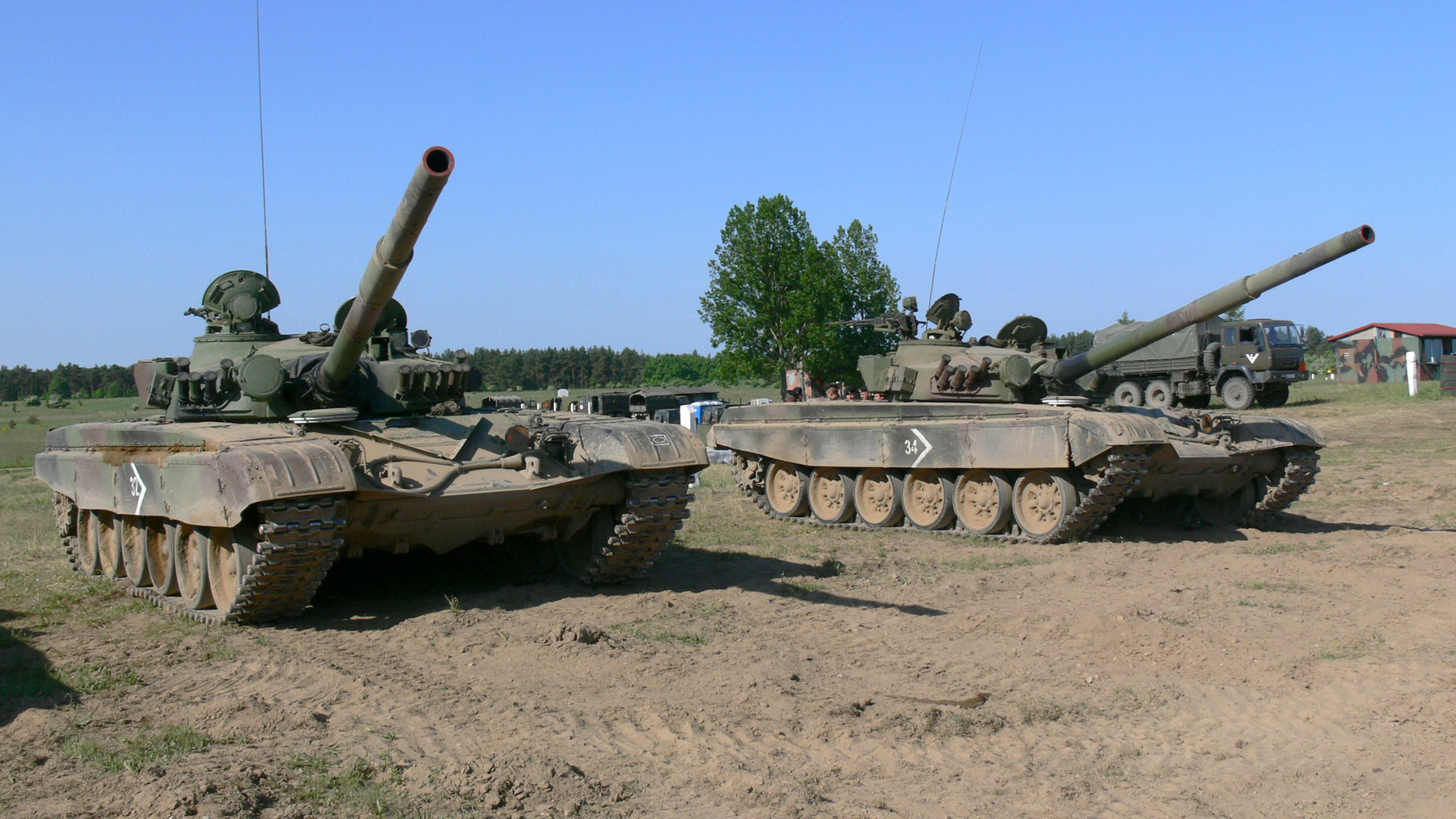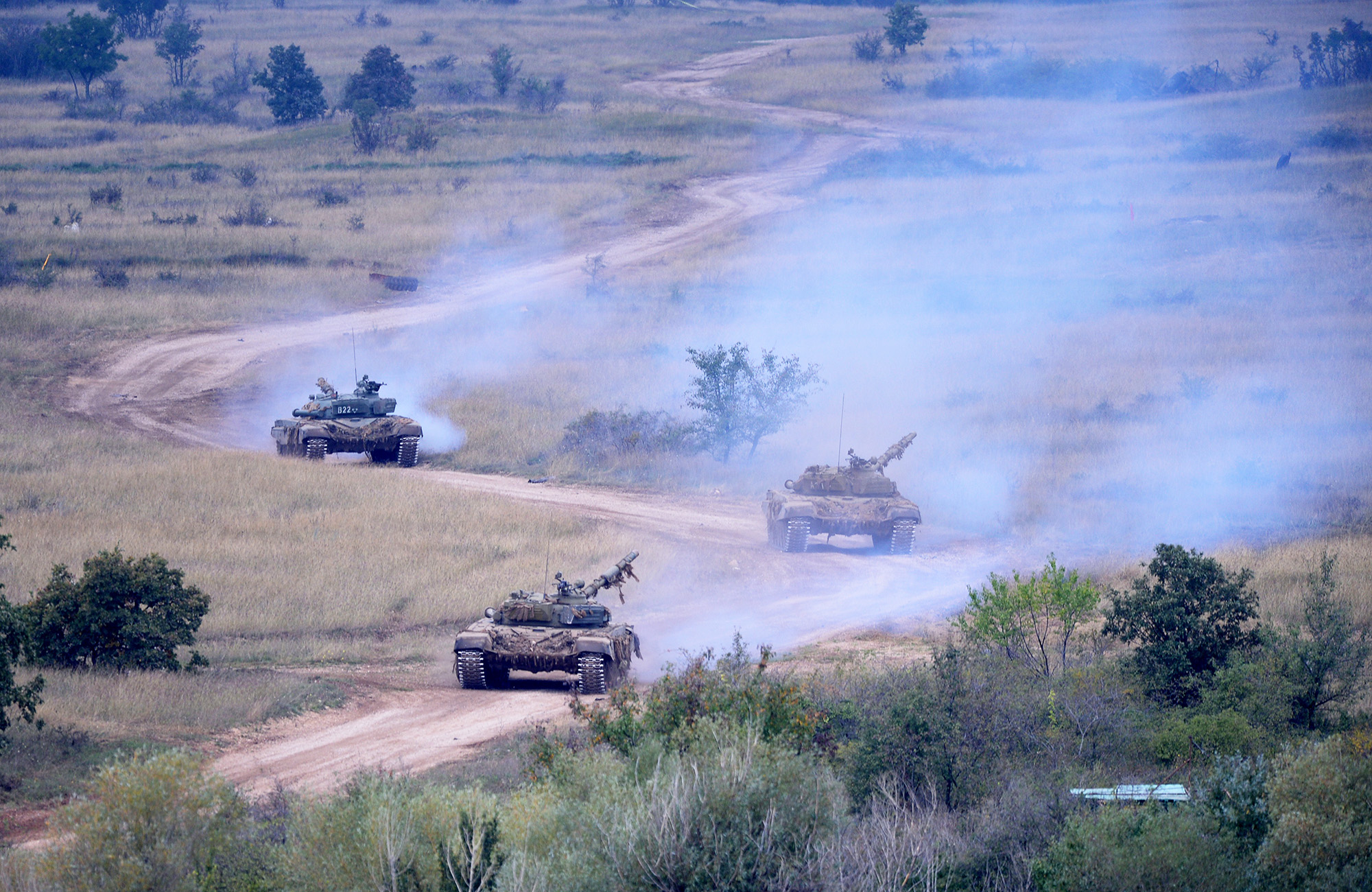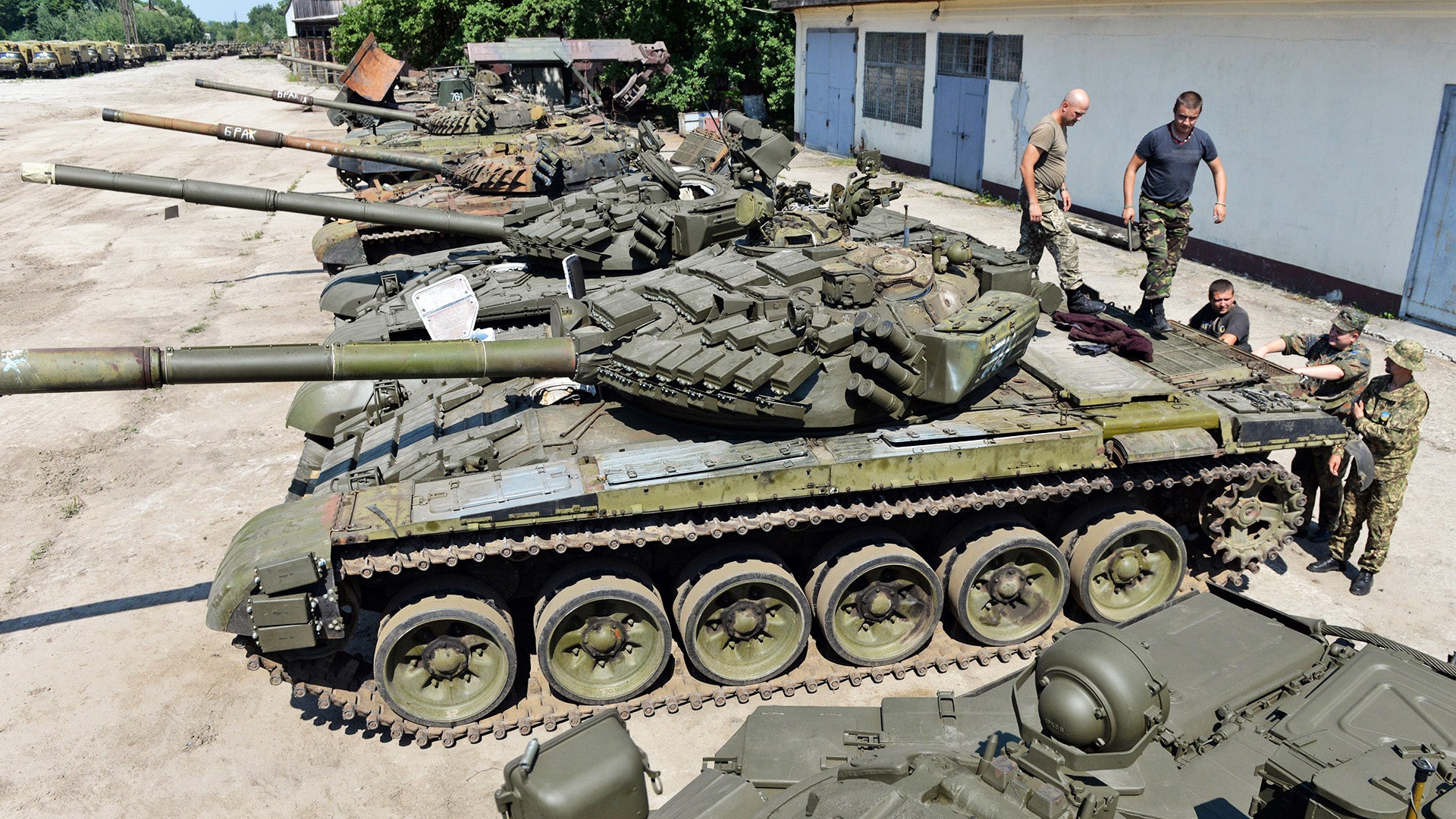Reports are emerging that the U.S. will broker transfers of T-72 tanks from NATO countries’ Soviet-era stocks to Ukraine as its war with Russia enters a new phase.
The New York Times first reported on the potential transfer. While the Ukrainians inherited many T-72s after the Soviet Union’s collapse, its army has favored the T-64 and T-80, alongside T-72s. These tanks have faced down the Russian Army’s own T-72s, as well as other types, hundreds of which rolled over the border nearly six weeks ago.
This isn’t the first report we’ve seen of this nature, the rumored and eventually null transfer of MiG-29s from Poland having made headlines earlier in the war. We covered that plan, its complexity, and its ultimate demise in several stories you can find here.

The move, if accurate, no doubt represents an escalation in weapons transfers to Ukraine. But unlike fighter jets that could only be transferred with an elevated risk of escalation and a unique logistical effort, main battle tanks can cross the border fully assembled and ready to go via trains, trucks, or motoring on their own power.
More importantly, there are far more T-72s in NATO stocks than Soviet-era fighter aircraft. MiG-29s remain frontline fighters for Poland, Bulgaria, and Slovakia that would need to be backfilled to keep those air forces’ capabilities intact, which would be a major undertaking. Of NATO’s T-72 owners, however, many are in reserve or are actively being replaced by more capable and far more modern western tanks.

Some of the same players in the ill-fated MiG-29 deal have T-72s as well. Bulgaria, the Czech Republic, Hungary, Poland, and Slovakia all operate the tank and have some in storage.
Most of these are improved Soviet export models of the T-72M standard, not quite up to par with the heavily modernized T-72B3 versions used by the Russian Ground Forces. The Russians’ latest models feature improved armor, fire control, and self-protection systems over the older exports. But with an avalanche of media showing destroyed Russian tanks as an indicator, the Ukrainians are more than capable of taking out Russian armor. How many of those kills were tank-to-tank is unknown.
The most obvious potential supplier is Poland. Its army is equipped with nearly 400 T-72M1s as of 2020 with all of them undergoing modernization. Alongside those are the more than 200 Polish PT-91 Twardy tanks. The PT-91 features an improved digital fire control system over original T-72s, as well as proprietary explosive-reactive-armor (ERA), and an improved powerplant. Some of the PT-91s are newly built while others were upgraded from T-72M1s.

Not only does Poland have tanks on hand to transfer, but they also have replacements on the way. Poland also operates 249 Leopard 2 tanks, most of them 2A4 and 2A5 variants, and has an order placed for 250 U.S.-designed M1A2SEPv3 tanks, the first of which arrive this year.
Bulgaria, the Czech Republic, and Slovakia all operate similar T-72M variants with some local modifications. However, none of them have more than 100 units active and only Bulgaria has a sizable reserve with reportedly 250 in storage. But the Czech Republic is sending 56 Pbv-501 infantry fighting vehicles, themselves upgraded former East German BMP-1s, to Ukraine in a deal announced on April 1.

And unlike Poland, these three have yet to purchase modernized Western tanks like the Abrams, Leopard, or Challenger. But NATO leaders could sweeten the deal for a transfer much like the rumored MiG-29s-for-F-16s deal, with new tanks in exchange for supplying Ukraine with its old ones. This is unlikely to be really necessary though, as large reserve inventories of Soviet-era armor are only aging and becoming more of a liability with every passing year.
Hungary, like Poland, has a sizable reserve with about 130 T-72M1s inactive and 34 still in use. At the same time, they’re awaiting delivery of 44 Leopard 2A7s from Germany to replace some of their Soviet-era equipment, so both an ample reserve and a replacement are on hand. Despite those conditions, however, Hungarian Prime Minister Viktor Orban has had warmer relations with Moscow than most NATO members, so their transfer is less likely.

The T-72 is a relevant choice for Ukraine not just due to availability but also due to its widespread use and ease of maintenance. The relatively simple design is highly supportable in the field without advanced training and Russia has already dumped many T-72s into Ukrainian hands. There are many more that have been damaged but are still a good spare parts source. Ukraine also has a lot of experience locally upgrading the type. As such, bolstering this already growing and readily sustainable force seems like a highly logical move.
Regardless of where the tanks come from or how they get into Ukrainian hands, fresh armor could form the backbone of an eventual counteroffensive to take back territory in the south and east or blunt a looming Russian attack in those regions.
Contact the author: stetson.payne@thewarzone.com
